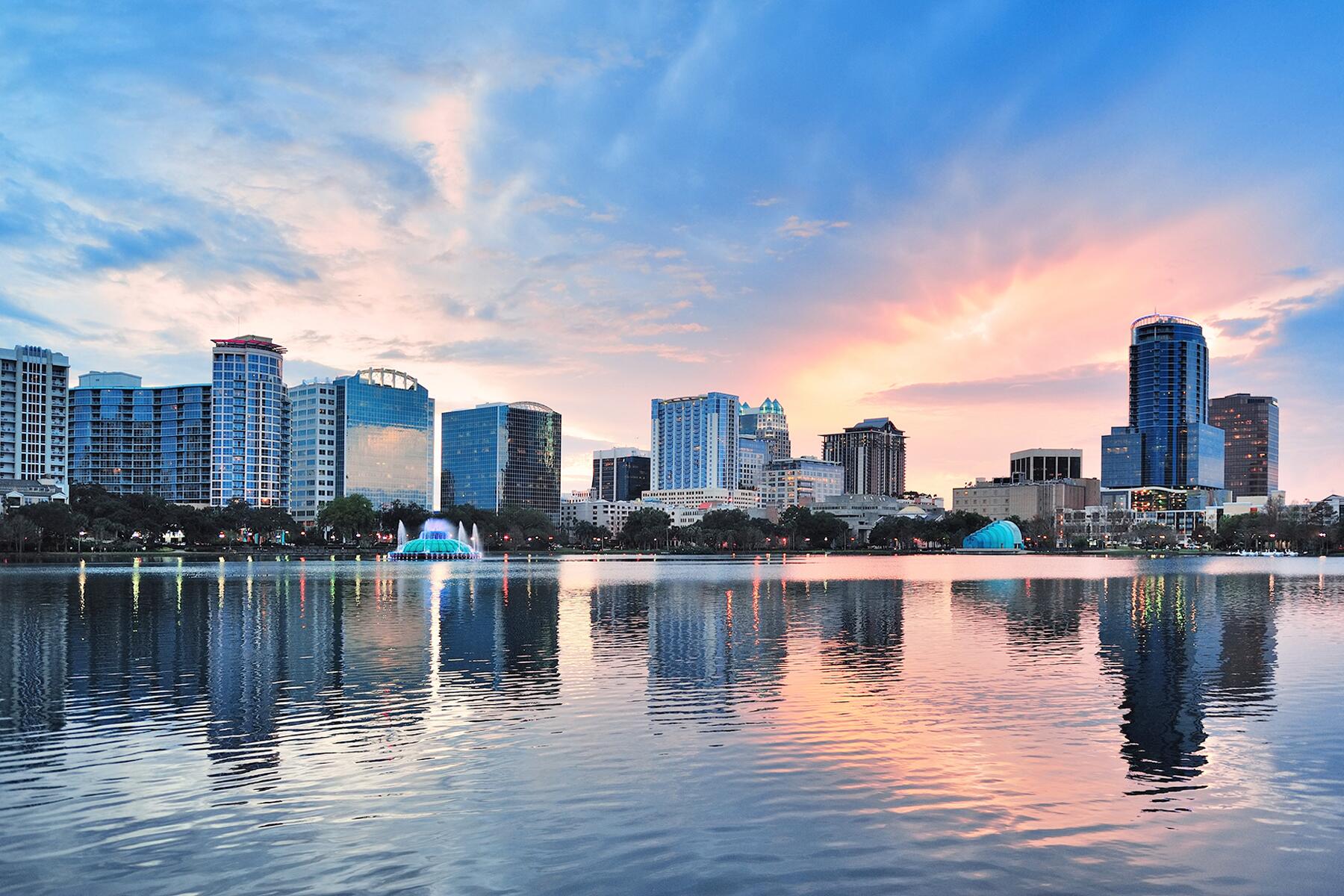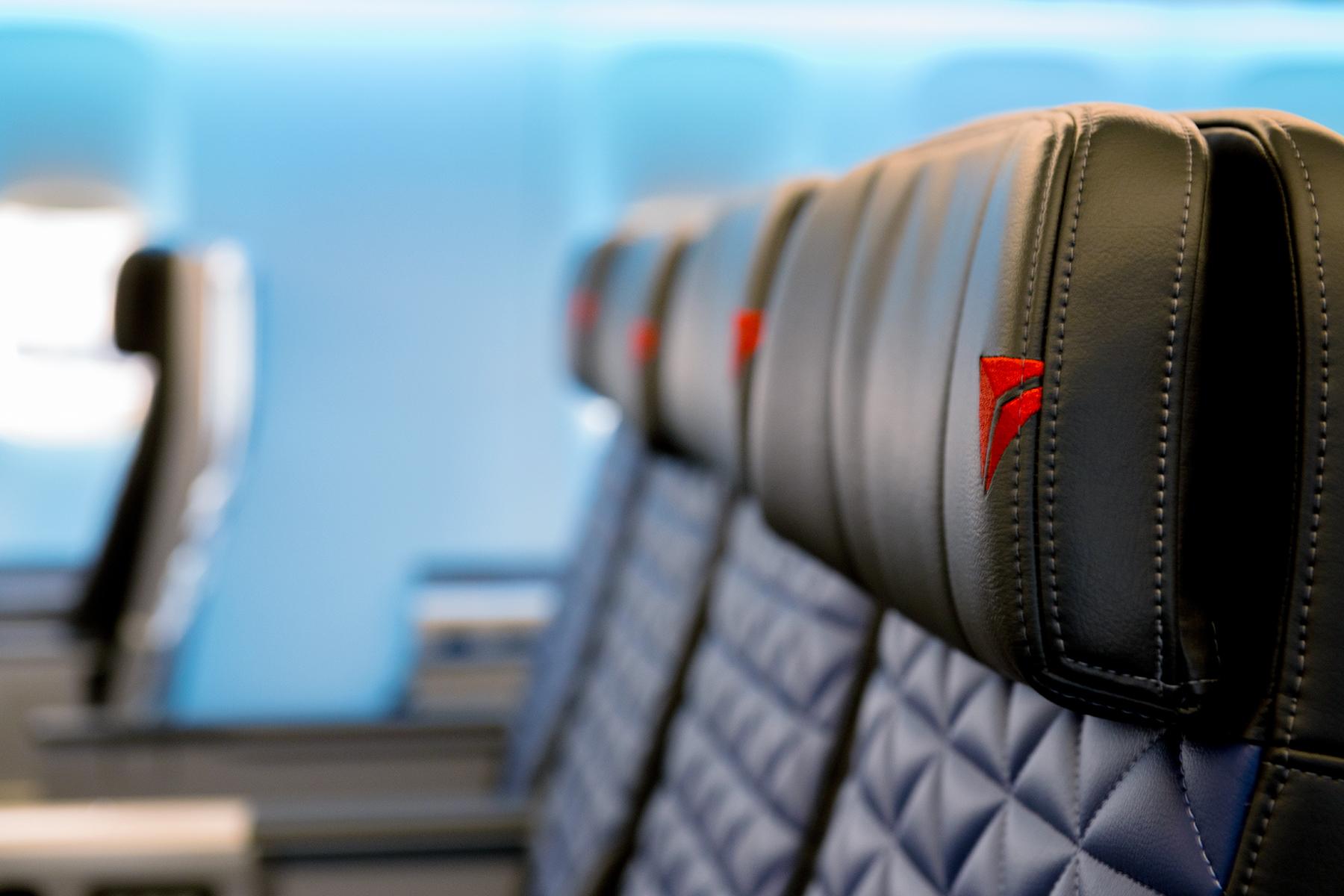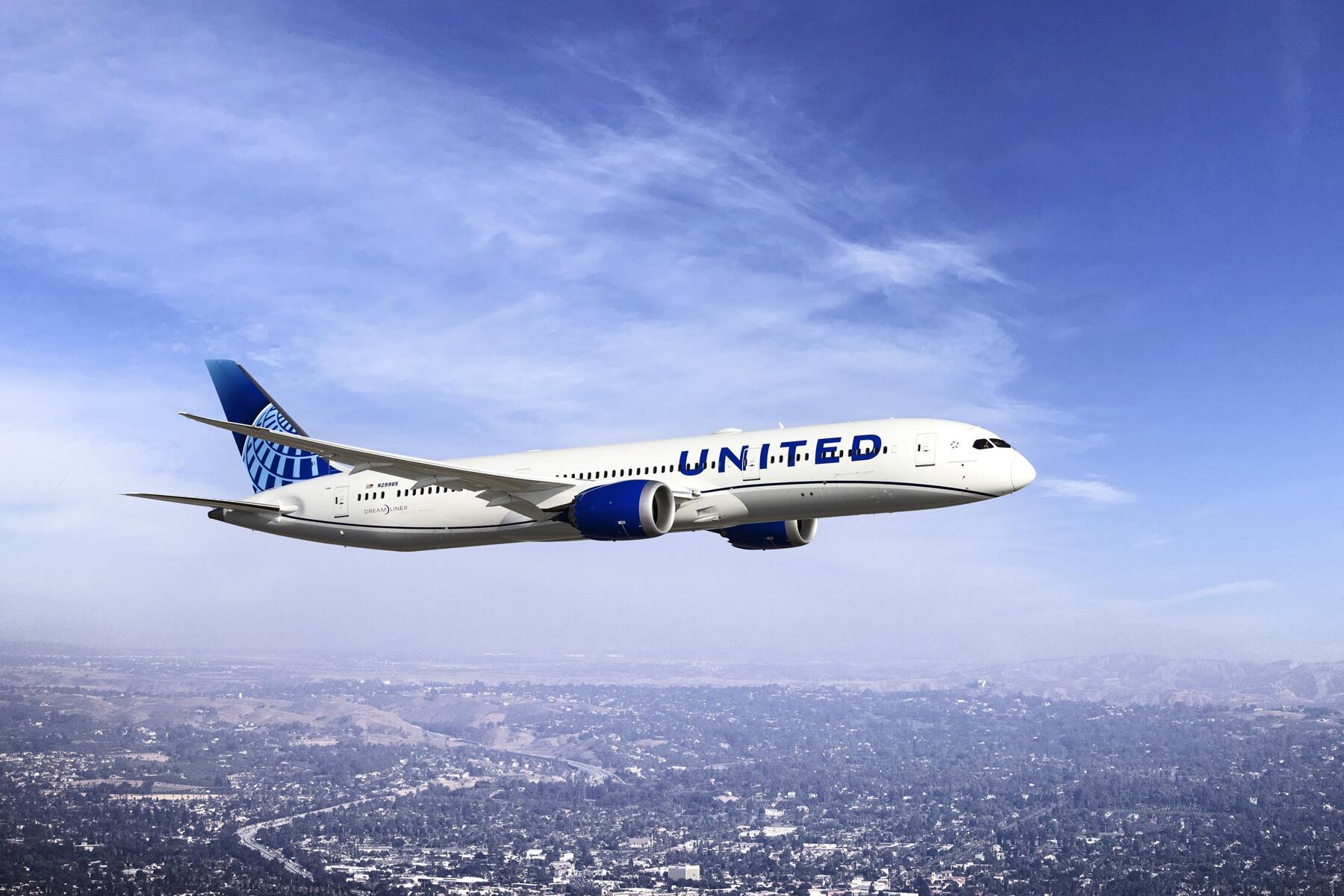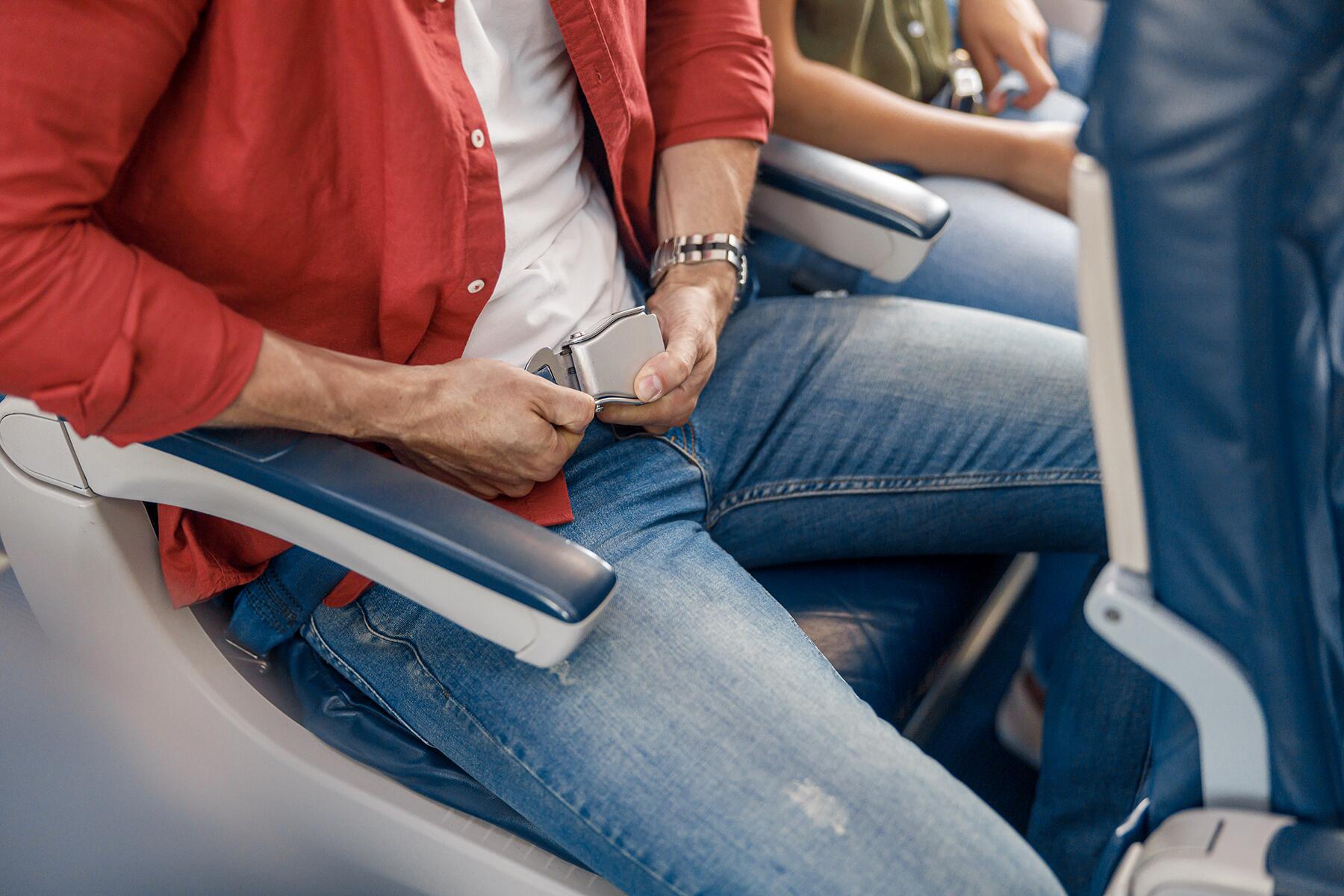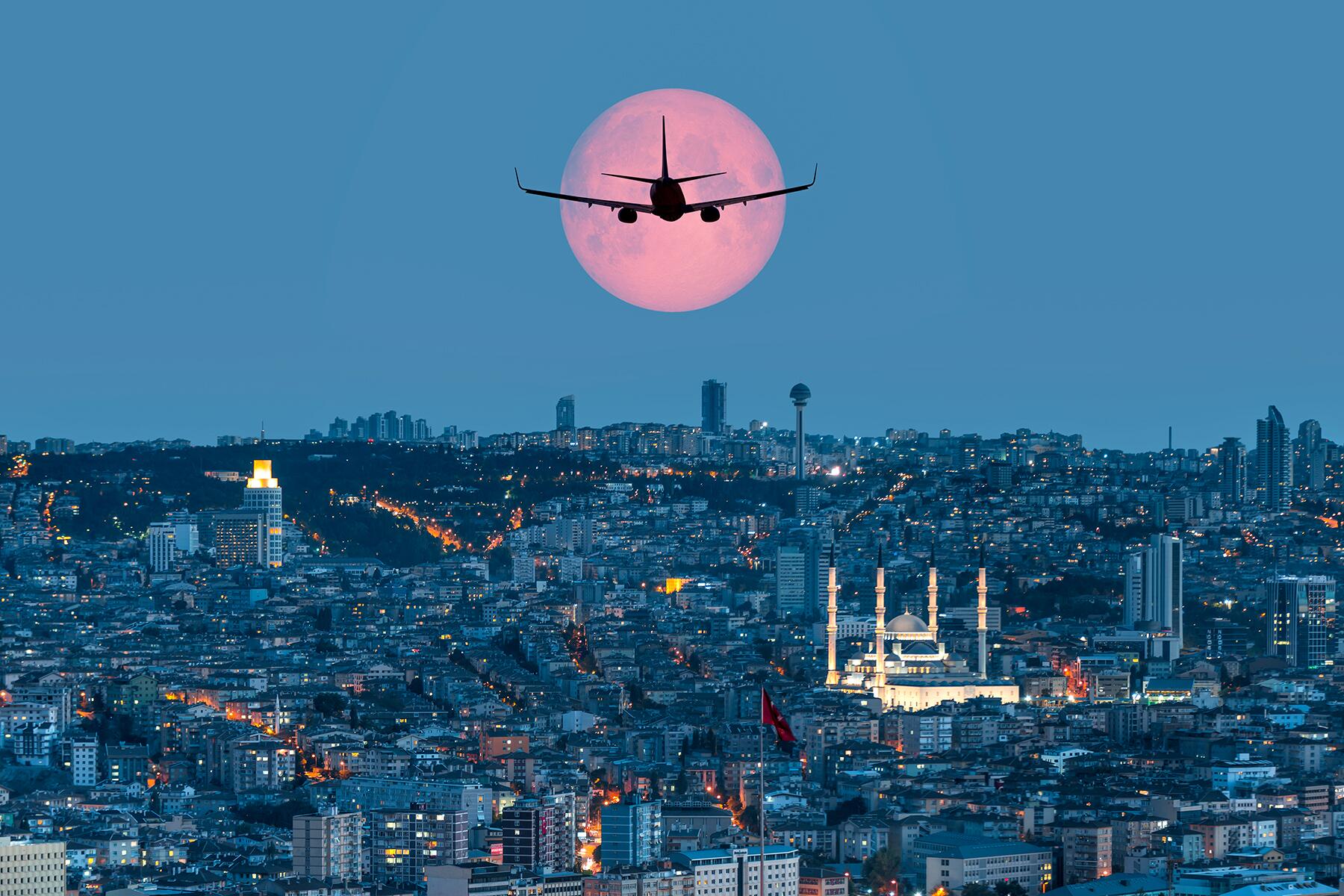There are signs everywhere. There are announcements every time you step on board. Airlines—domestic and international—don’t allow passengers to smoke on a flight. U.S. airlines started banning smoking in the late 1980s and by 2000, it was banned on all flights.
Under U.S. government rules, smoking is prohibited on all scheduled-service flights of U.S. airlines. As a general matter, foreign airlines must also ban smoking on all scheduled-service flight segments in, to, and from the United States. Cigar and pipe smoking is banned on all U.S.-carrier flights (both scheduled and charter).
It took tremendous pressure from the Association of Flight Attendants to end smoking on flights. The association made two arguments: the detrimental health effects of secondhand smoke on crew and passengers, and the risks of fire from a lit cigarette.
They were right on both counts.
There is no safe level of secondhand smoke. It can cause nasal irritation, lung cancer, coronary heart disease, and stroke. Back when it was allowed, airline crew breathed in toxic levels of smoke and worked through murky conditions on board.
Smoking and vaping are prohibited, everyone knows that, but there are people who have a que sera sera approach to federal laws. A woman was kicked off a Spirit flight this August when she was caught smoking on board. This is why planes still have ashtrays on lavatory doors. It’s not because the aircraft are old; it’s because there will be passengers who’ll try to puff it up and you need a safe way to put it out. Throwing the stub in the lavatory trash filled with paper can result in a fire, so ashtrays are a legal requirement for planes and they may not be allowed to take off if ashtrays are missing.
There is cause for concern. In 1973, a plane flying from Brazil to France crashed a few minutes from Orly Airport. The pilot had reported a fire on board and requested an emergency landing, but the plane crash-landed into a field before he could make it to the runway–122 people were killed. The fire, it’s suspected, started in the lavatory due to a cigarette thrown in the trash.
